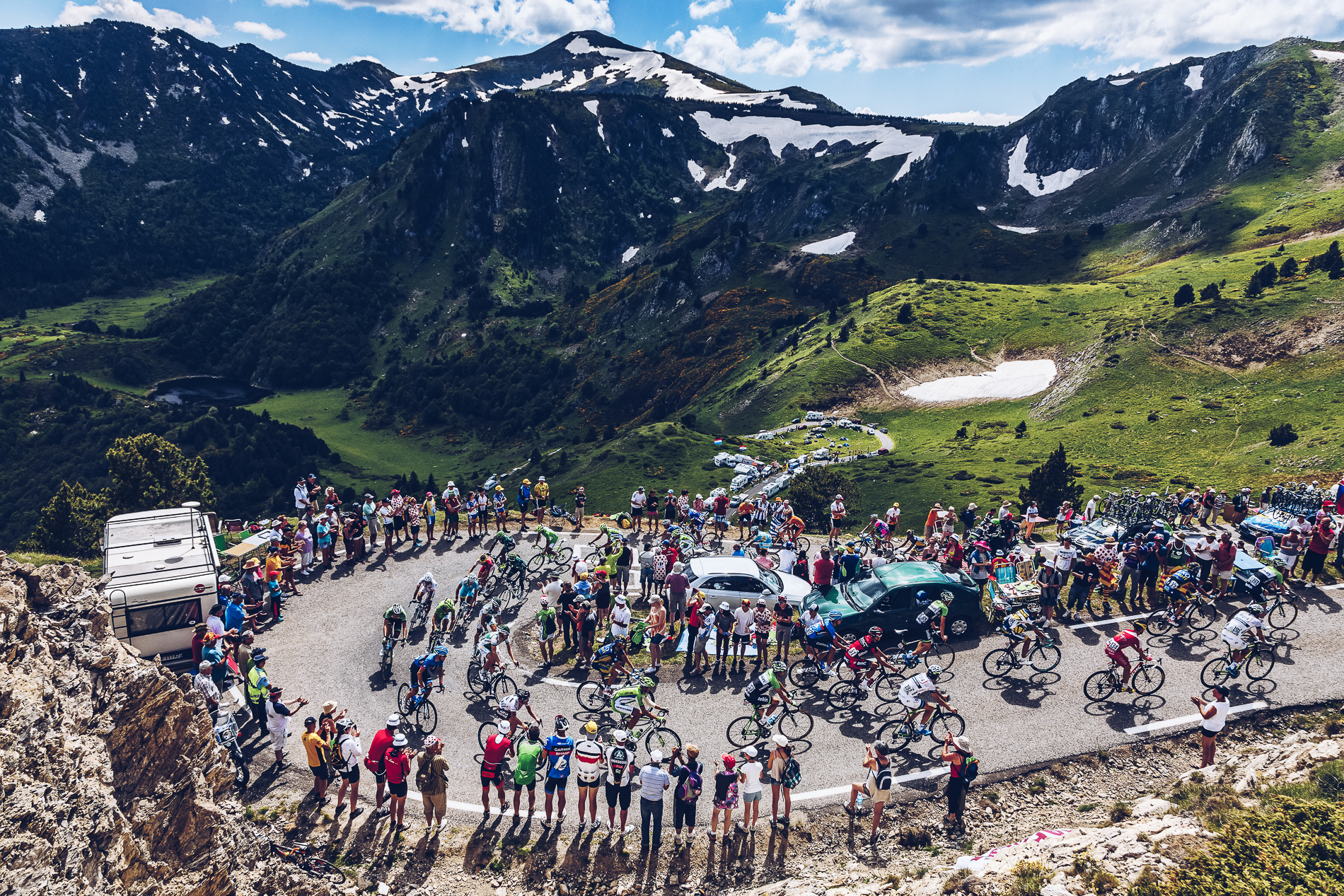Believe it or not, the Tour de France has only been canceled twice in more than a century, and it was during the two World Wars. A staple of European sports and culture since 1903, the multi-stage cycling race was introduced as a way to sell more newspapers. L’Auto, the publication that needed a readership and sales boost, was printed on yellow paper—the reason the fastest racers have sported the iconic maillot jaune since WWI.
The race, which takes place in France but sometimes starts in other countries (this year, it’s Copenhagen, Denmark) is filled with iconic moments: the daunting Col du Tourmalet climb through the Pyrennees, the inevitable crashes, the final lap around the Champs Elysées in Paris. The Tour de France has it all. There’s even a race for women—La Course by Le Tour de France—but, sadly, it doesn’t get much coverage.
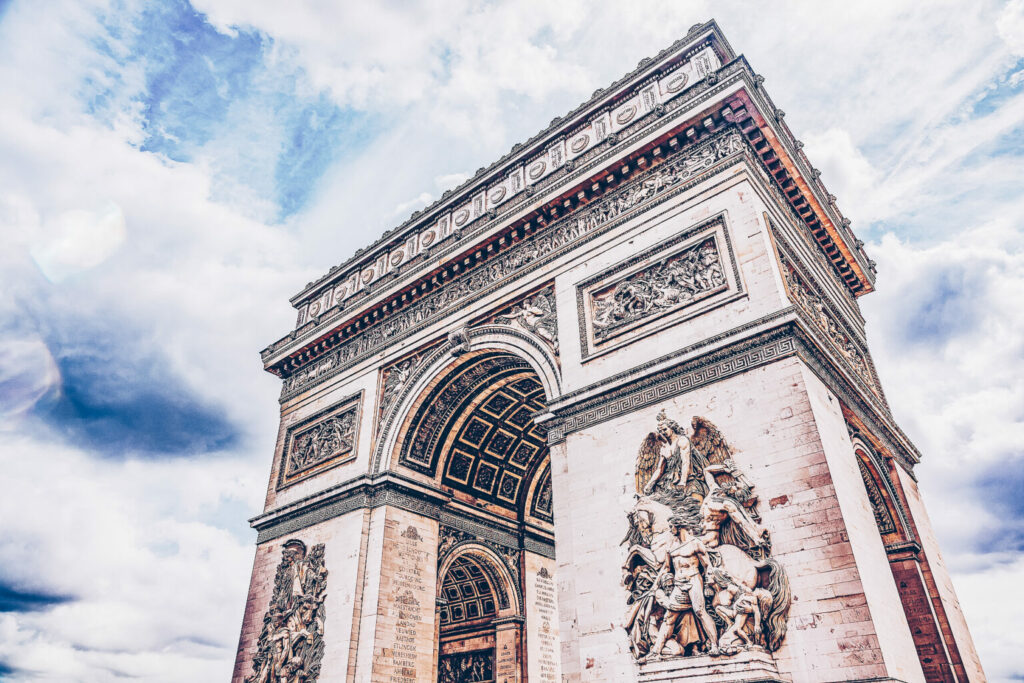
Spectators are encouraged to attend and support their favorites racers. Just don’t act like the irresponsible one who caused a massive pileup near Brest in 2021. Watch respectfully from the sidelines. If you’re looking for the best villages and towns in France to watch the Tour de France live, look no further. We’ve gone ahead and proposed four top destinations for the Tour de France 2022.
Lille
Stage 5—155 km, hilly, 06.07
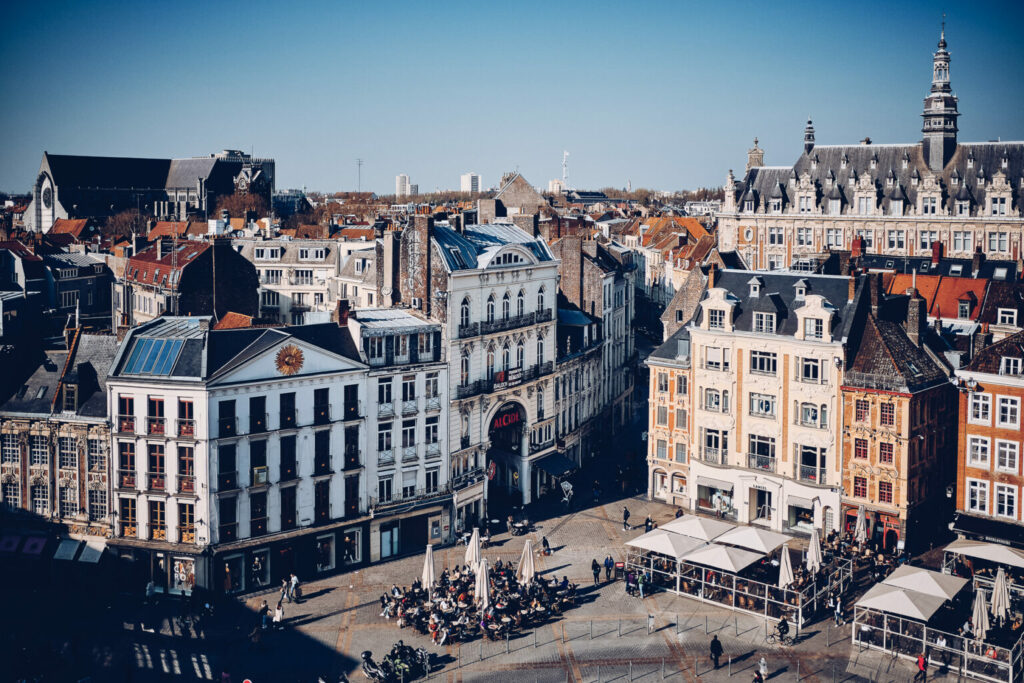
Lille features in the beginning stages of the Tour de France and is part of the risky cobblestone section. Spectators form at the Métropole Européenne de Lille headquarters near the Boulevard des Cités Unies to watch their favorite racers.
The former capital of the industrial north, Lille is one of the largest cities in France. Once home to metal and coal factories, it has evolved into a center for culture. Lille boasts decidedly Flemish architecture, akin to what you’d find in Antwerp or Bruges.
Lille’s buildings and monuments tell a story: the Hospice Comtesse, dating back to 1237, holds a Flemish art museum. The Citadel, a UNESCO World Heritage Site designed by the Marquis of Vauban in the 17th century, protected the city when it became French again after years of Burgundian rule. The Vieille Bourse, at the Grand Place, has an inside patio that shows the Spanish influence on the city. Once home to the stock market, today, the patio is home to chess players and bibliophiles.
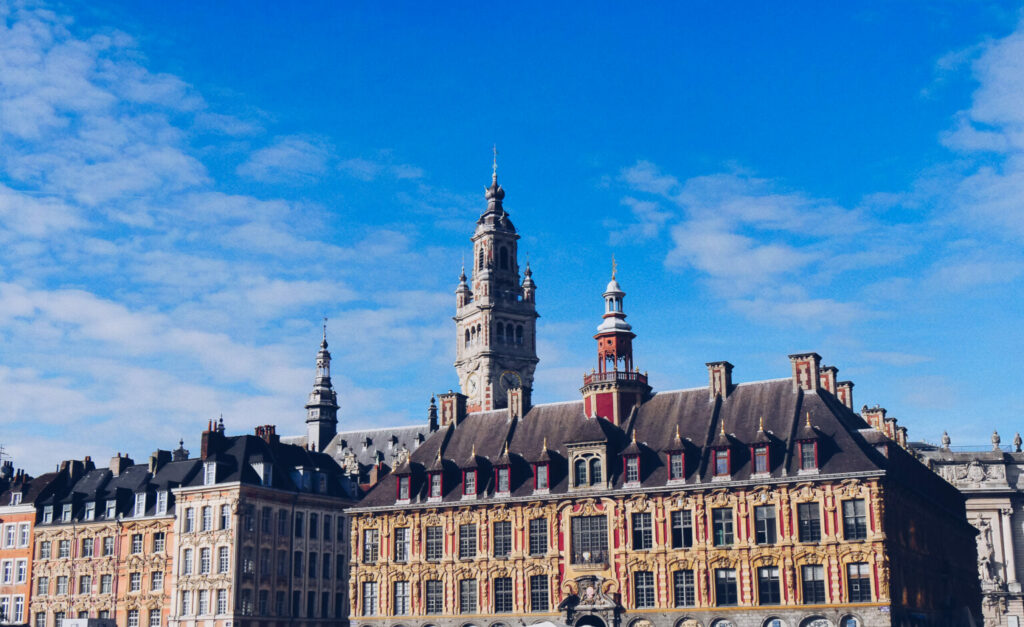
Lille became the European City of Culture in 2004, transforming its industrial heart into a mecca for art and museum lovers. Lilleans decided to keep the vibe going after the year was over and the city has been home to many festivals—such as Lille 3000 or the Lille Artfair—since. The French town also has its fair share of museums, including La Piscine. Housed in an Art Deco pool, this art and industry hotspot boasts 120,000-square-feet of paintings, fabric, artifacts, ceramics, furnishings, pictures, and sculptures.
When in France, you can’t skip the food. Lille shows its Belgian and French roots in its varied cuisine. Carbonade is a traditional Belgian dish that is popular in Lille. This veal and onion stew is a hearty staple at Lille’s many restaurants such as Al Carbone. Here you’ll find traditional dishes, including six versions of carbonade, each named after a crime. The real Al Capone must be smiling.

In the mood for something lighter and not mob-themed? Quai38 offers healthy, well-balanced dishes, specifically seafood and fish, as well as a comprehensive list of old-world wines. Choose from tuna fillet with sesame seeds or shrimp flambé, among others. Veggie options get the spotlight at Chez Max, especially on the formule dejeuner menu. Think homemade chickpea hummus or their legendary Welsh (cheddar cheese on toast with a Chimay beer sauce, Dijon mustard, and french fries).
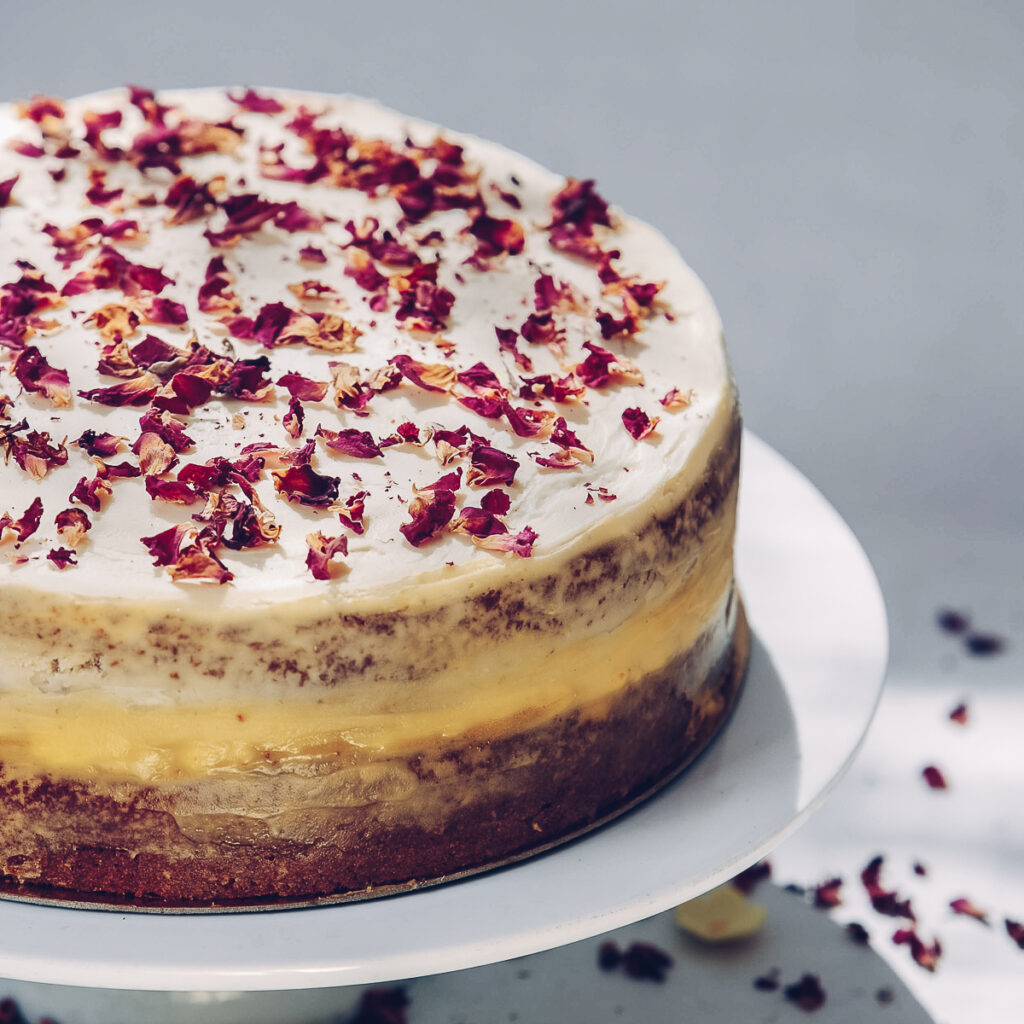
Credit: Wally’s Coffee
Cozy and cute describes Wally’s Coffee, a vegan and vegetarian hub. Come for the cakes—the freakshake with speculoos is our fave—stay for the welcoming ambiance and bright interiors. It’s the perfect spot to jumpstart your race day when the Tour de France comes to town.
Megève
Stage 10—148 km, hilly, 12.07
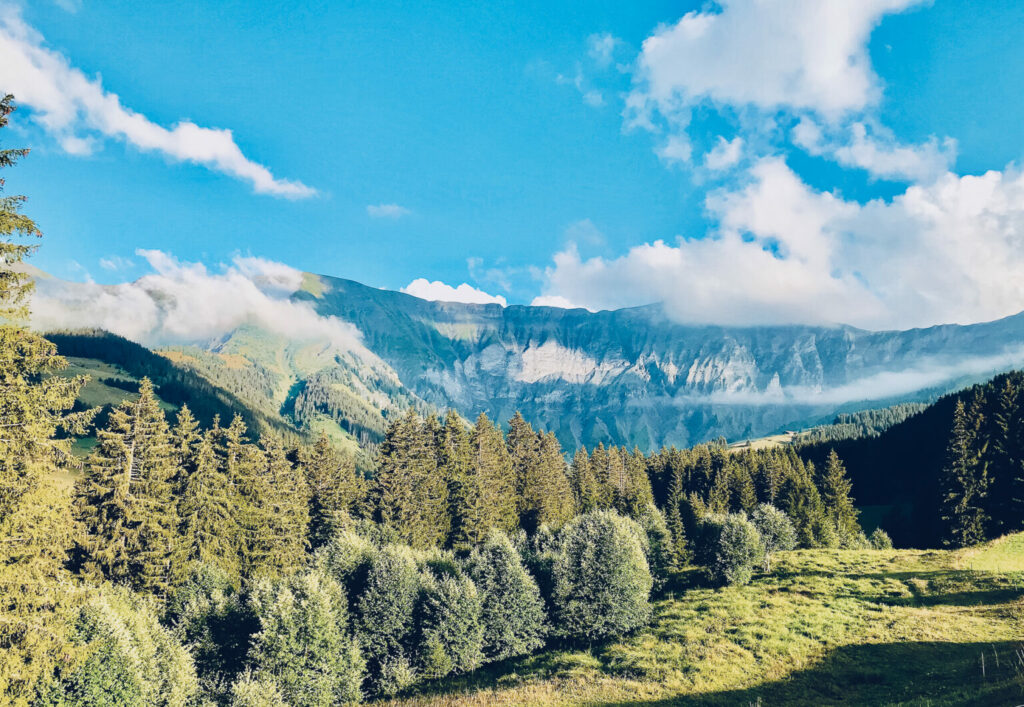
Megève hosts the 10th stage of the Tour de France 2022 on July 12. Before arriving in the Haute-Savoie town, cyclists meander through hills and valleys and finish the stage at the altiport.
Megève is a land of legends, surrounded by extraordinary landscapes and nature. Its name comes from the Celtic mageva (village on the water), the perfect moniker for this once-sleepy rural town with its rich, fertile land. The area has welcomed visitors since the 19th century when its cavalry refuge became a pilgrimage site. In the past 75 years, Megève has become a winter escape thanks to its location in the heart of the French Alps.
Like other towns in the region, Megève developed into a ski mecca in no time at all. The first ski camp was built in 1914 and the first cable car was installed in 1933. After WWII, alpine enthusiasts headed here in droves, thanks to the fresh powder and varied pistes. Some of the hotels that sprung up during that time still exist today, including Grand Hotel Soleil D’Or or Le Mont Blanc, offering a scenic glimpse into the past. The town’s old stone houses and Benedictine priory lure history and architecture buffs as well.
The star of the show, however, is the Calvary, a monument made up of tiny chapels built in the 19th century that was the end of a pilgrimage route. You can get there by hiking along Mont St. Michel. If you want to find out more about rural Megève, you can visit one of its crop share farms, such as the Le Haut Val D’Arly, which boasts artifacts and remnants from the past.
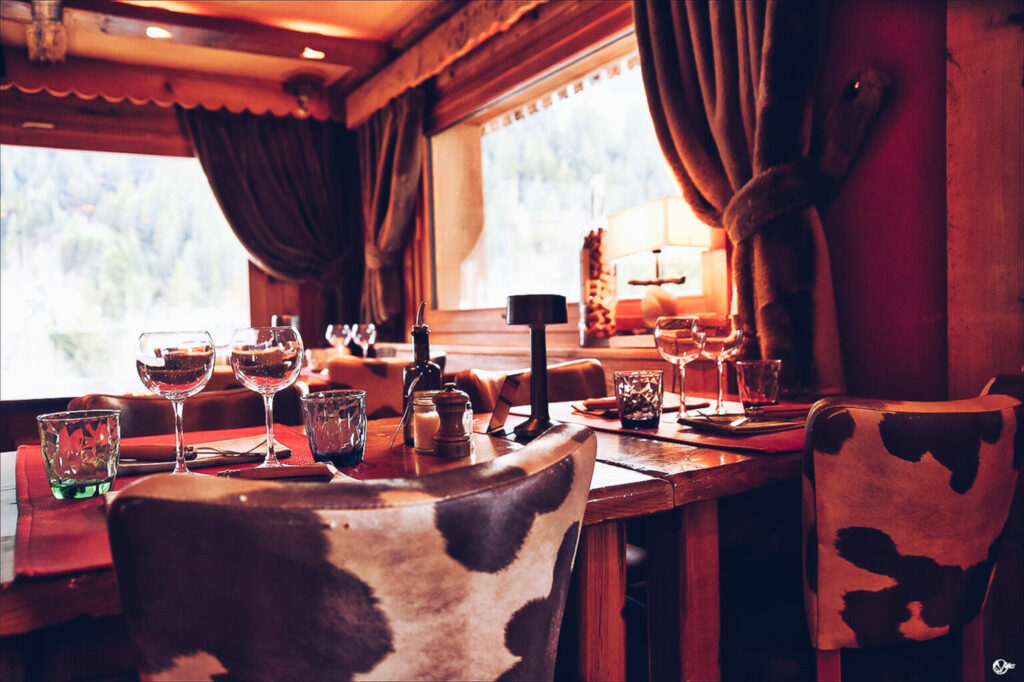
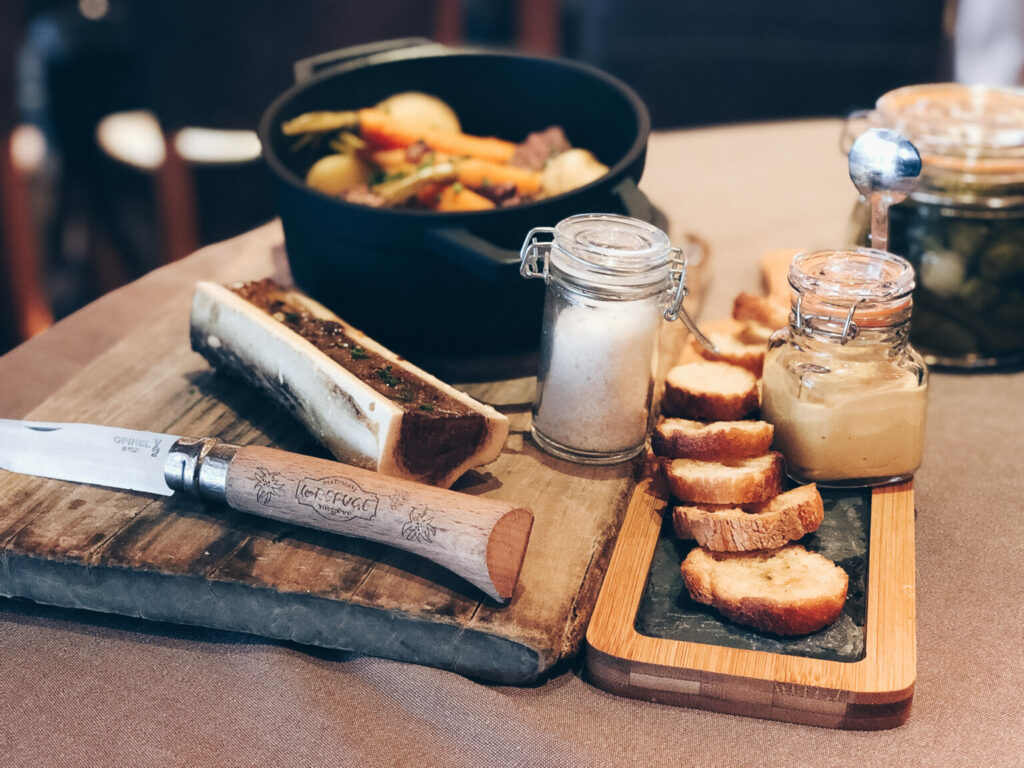
Megève has a tony feel and thus it only seems right that the town features several Michelin-starred eateries. Housed in refurbished chalets, Le Refuge and Le Saint-Nicholas are the most noteworthy. Situated 15 minutes from the town center, Le Refuge is exactly that. The tranquil atmosphere instantly soothes and the copious portions make it a welcome retreat from more expensive options in the area. Opt for the poached egg with truffle or the eight-hour, slow-cooked lamb. The latter is fall-off-the-bone good. Le Saint-Nicholas combines tradition and terroir, an ideal mix if there ever was one. The small but varied menu boasts French mainstays such as escargots, roasted veal, and Savoy trout, and veggie and gluten-free options.
Le Comptoir d’Alice serves pub food with a French twist—think goat cheese salad, entrecote, mushroom risotto, or Fondue Savoyarde, which comes with three types of cheese, charcuterie, and fries or salad. Dine al fresco as you wait for Stage 10 to come around the bend.
Carcassonne
Stage 15-18—200 km, flat, 17.07

Carcassonne is one of the most identifiable spots on the Tour de France route. Riders get a day of rest in between two stages here, so it’s the ideal spot to watch the Tour and explore the historic city.
The UNESCO World Heritage Site boasts 2,500 years of history and has seen the likes of the Visigoths, Romans, Saracens, and Franks all within its fortified walls. With two walls and 52 towers, the Citadel has enough entertainment for your entire time at the French medieval city, with the Château Comtal, several museums, and the half Romanesque-half gothic Basilica of St. Nazaire.
Funnily enough, La Bastide Saint-Louise, the most “modern” part of Carcassonne, dates back to 1260. Recognizable by its ochre rooftops and the Saint-Vincent tower, the area can be crossed in a 10-minute walk starting at the Pont-Vieux over the river Aude to the Place Gambetta with its colorful promenade and the Museum of Fine Arts. Once you get to the Canal du Midi, another UNESCO site, you can regale yourself with a cruise ship tour. Admire the 18th-century palaces and the Cathedral of St. Michel, with its 17th-century stained glass windows.
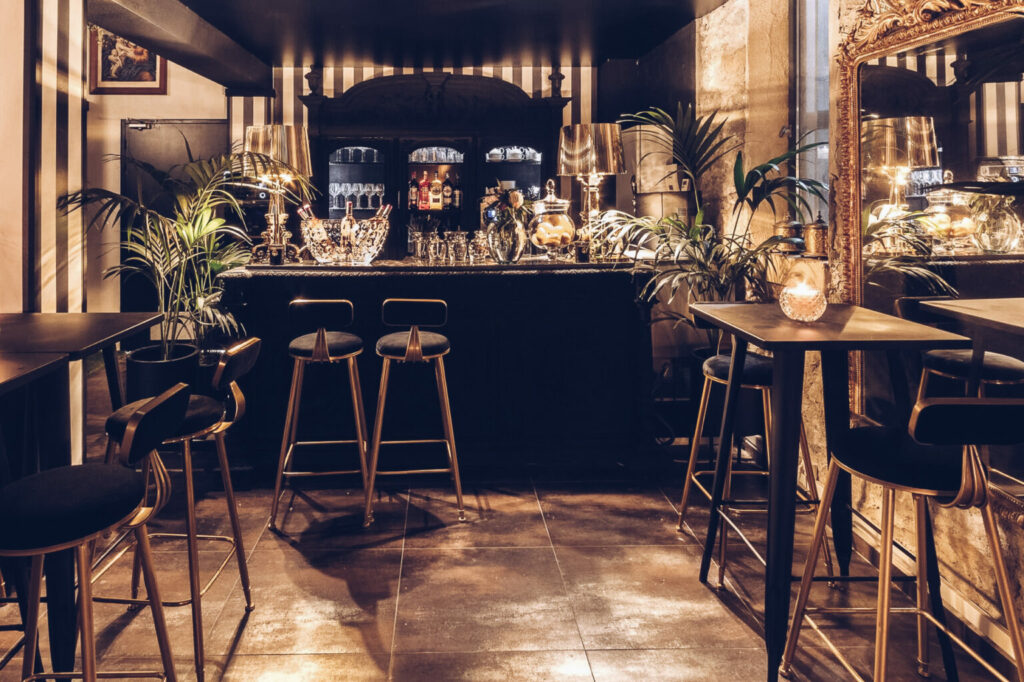
The Italian influence on the city can be seen in its cuisine. La Table du Vatican offers fine Italian dishes such as gorgonzola-covered steak, mushroom ravioli, and spritz cocktails to start. Its modern, eclectic interiors feature an original confessional from the actual Vatican for you to reflect on your sins before a devilish dinner by the Canal du Midi.
Pizzeria Rabah Zaoui is another gastronomic gem. The award-winning Zaoui prepares the most fabulous pizzas in town. Big and chewy, with a spongy base, all the pizzas are mouthwateringly good, especially the Cassoulet pizza (beans cooked in puree, crumbled duck confit, sausage, rind, pork belly, and breadcrumbs), and the L’Excellence (fresh cream with truffle, cheese, fig jam, lettuce, semi-cooked foie gras, 23-carat gold flakes, among other decadent ingredients).
For a more traditional French meal, head to Le Cachotier, near the castle. With its healthy dishes, aperitives, digestives, and wine, this restaurant will hit the spot. Try their foie-gras, duck tartare, vegan cassoulet or the zucchini and beet carpaccio. Retreat to a cafe and savor the sight of the sprinters with a coffee in hand.
Lourdes
Stage 18—143 km, mountain, 21.07
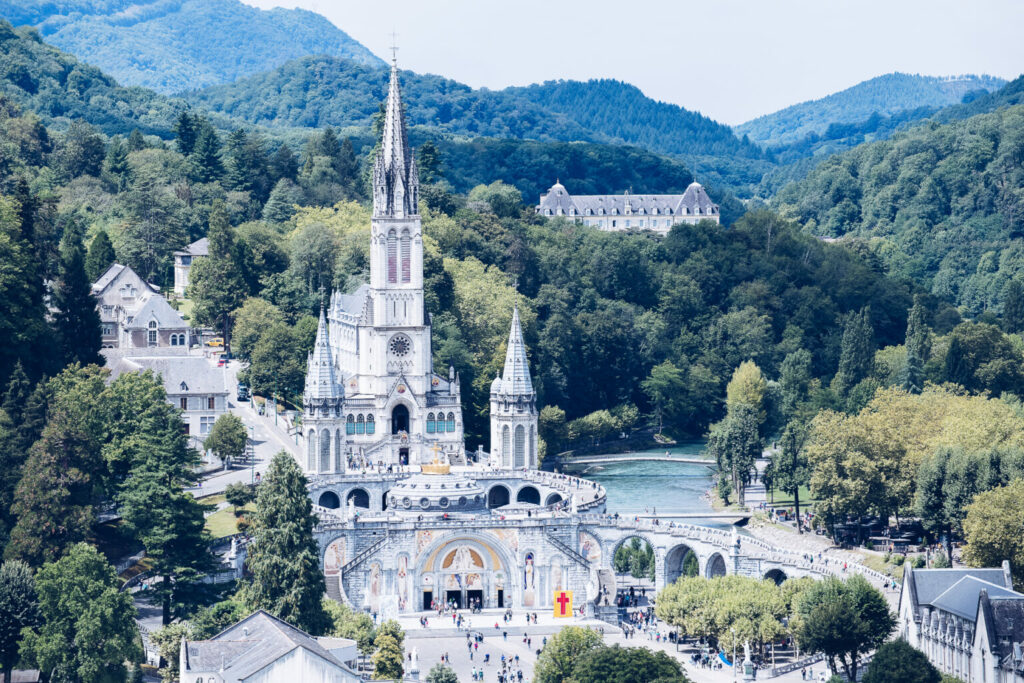
The Pyrenees are often the most demanding part of the Tour de France, hence their placement at the end of the race. Like Carcassonne, Lourdes is a difficult stretch of the race, with high altitudes doing a number on the riders.
Much like cycling pilgrims, Catholic pilgrims make the trek to this important town due to its importance in Christianity. In 1858, Bernadette Soubirons claimed to see apparitions of the Virgin Mary in a grotto next to the Gave de Pau river. Soon, visitors hoping to share Bernadette’s fate made Lourdes their chosen destination, and the Lourdes grotto was conditioned to receive them.
Today, millions of tourists each year flock to the varied sanctuaries here, including a crypt and three basilicas (one of them underground). The fountains are the highlight as the waters are said to have curative properties.
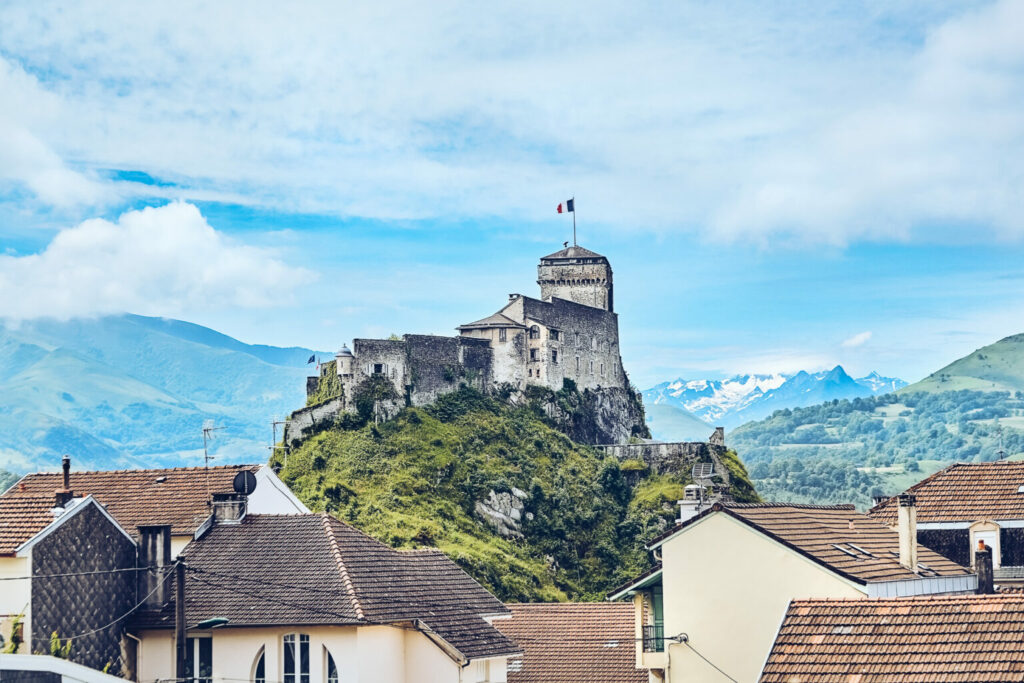
Other than the legends and a spiritual atmosphere, Lourdes has a privileged location in the Pyrenees and is surrounded by dramatic landscapes. Hike to the Chateau Fort, a millenary fortress that has never been conquered. Expect spectacular views of the town, sanctuaries, and mountains. Inside the fortress, the Musée Pyrénéen boasts a collection of furniture, artifacts, and clothing.
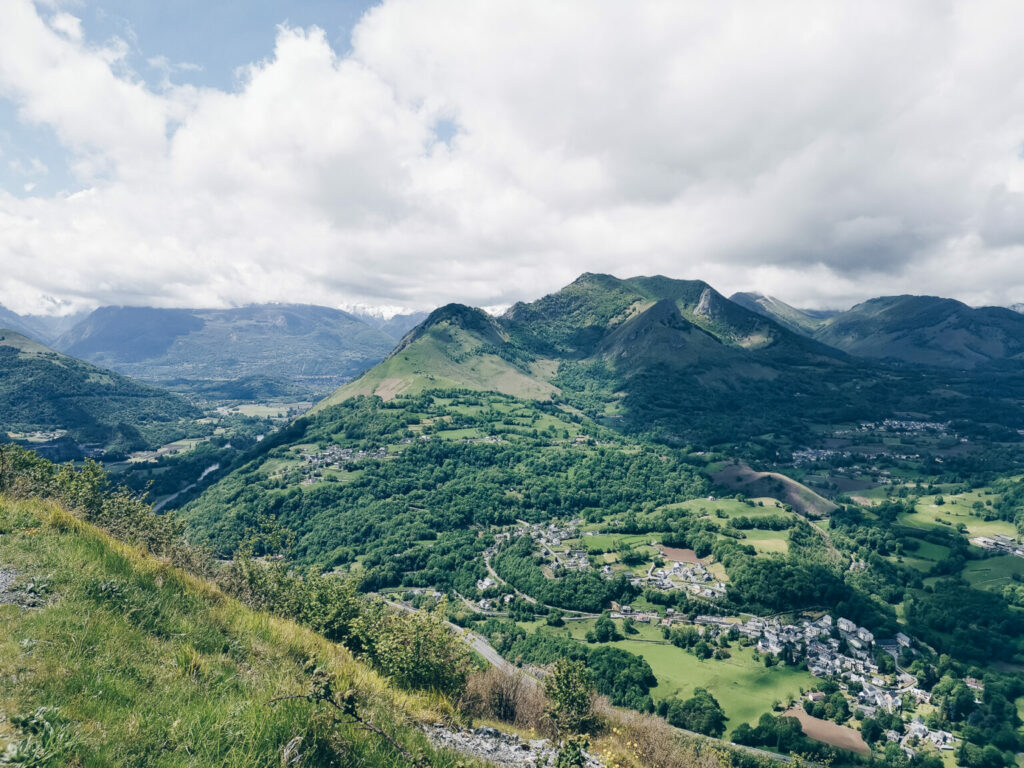
Take the funicular to the Pic du Jer, which looms over town with its massive crown illuminated at night. The 360-degree view of Lourdes and the nearby towns of Tarbes and Pau is something to savor before you head back to town.
The town itself offers a variety of restaurants. Le Parc, located inside the Best Western Hotel, serves French and International cuisine such as trout chartreuse and veal medallion flavored with turmeric infusion. Nearby, Le Palacio pleases vegetarians thanks to ample portions and thoughtful presentation.
